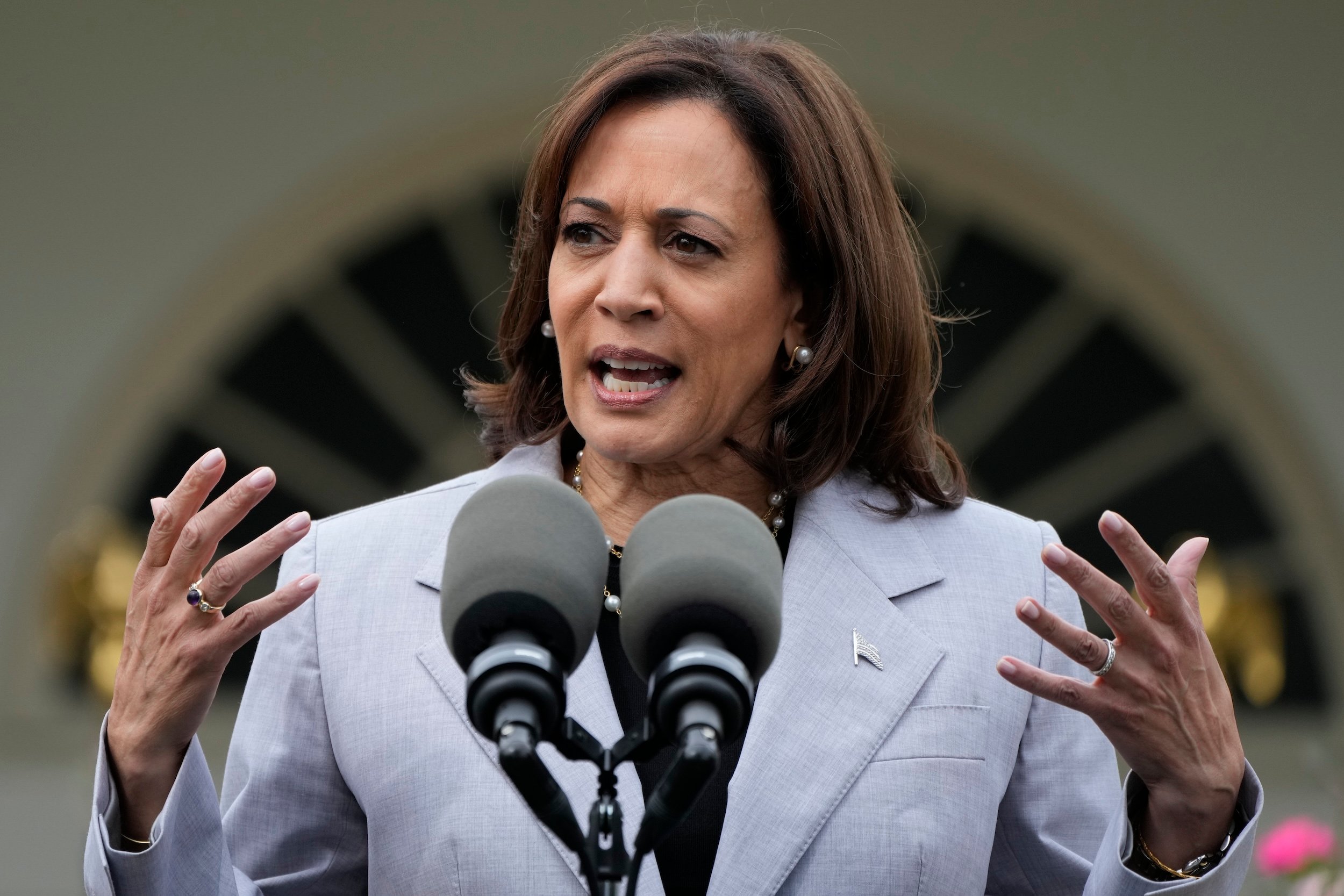What To Know Today
Wayne LaPierre’s NRA-funded perks included mosquito treatments, luxury hotel stays for family. Yesterday, we highlighted news that the Department of Justice monitor overseeing the National Rifle Association’s bankruptcy case requested removal of the gun group’s outside law firm, arguing that alleged “billing improprieties” by the firm are at issue in the New York attorney general’s case against the NRA. In a recent court filing in the same bankruptcy proceedings, the Attorney General’s Office identified a number of alleged expenditures by NRA leadership in asking the court to dismiss what it calls the group’s “bad faith” move to file for Chapter 11. Those include $800 mosquito control treatments outside LaPierre’s home that were listed as security expenses, more than $6,500 for his niece’s five-night stay at the chic Beverly Hills Hotel, and thousands of dollars in membership and participation fees at Shikar Safari Club International for his wife.
$280 billion per year: The staggering cost of gun violence. A report from health economist Ted R. Miller and Everytown for Gun Safety estimates the costs as they relate to immediate and emergency response; longer-term health care, labor, and criminal justice system expenditures; and more intangible quality-of-life losses. How the annual numbers break down:
- Medical bills: $3.5 billion
- Policing and criminal justice: $10.7 billion
- Employer costs: $0.5 billion
- Work loss: $51.2 billion
- Quality-of-life costs: $214.2 billion
The report also noted a wide divergence among states. Louisiana, which persistently ranks as the deadliest state for gun violence, had the highest annual costs per capita at $1,793; Massachusetts, with the lowest rate of gun deaths, had the lowest at $261. [Everytown’s nonpolitical arm provides funding to The Trace. Here is a list of our major donors and our policy on editorial independence.]
A mass shooting in Philadelphia injured at least 8 people. The incident occurred yesterday afternoon near a transit station in North Philadelphia. The victims ranged from 17 to 71, and police said that the oldest was in critical condition. Police added that two people were taken into custody, though it was unclear if they are suspects. A pattern continues: Last year, mass shootings hit their highest level since the nonprofit Gun Violence Archive started tracking them. As we’ve reported, they disproportionately occur in predominantly Black areas like the neighborhood where the Philadelphia shooting took place.
Utah is the latest state to consider a law allowing people to ban themselves from buying guns. A person can place themselves on a “no-gun” list and temporarily suspend their own gun rights under a bill introduced by a Republican lawmaker that has drawn support from local gun reform and gun rights groups as means to reduce suicides. As we’ve reported, Washington in 2019 became the first state to enact such a policy (though, as we found, officials were very slow to use it). Virginia passed its own version last year.
The violent — and ongoing — legacy of Pizzagate. In December 2016, a month after Donald Trump was elected president, 28-year-old Edgar Maddison Welch walked into a popular Washington, D.C., pizza restaurant with a loaded assault rifle, motivated by a conspiracy theory peddling the fiction that powerful Democrats were abusing children there. A must-read deep-dive from The Washington Post takes stock of the incident, a precursor to the QAnon movement that has since led to deadly violence. “The big difference between 2016 and Pizzagate and QAnon [now] isn’t the themes… it’s the scale,” one extremism expert told the paper.
Data Point
86 percent — the share of unserialized ghost guns seized and traced by the Bureau of Alcohol, Tobacco, Firearms and Explosives in 2019 that reportedly had components from Polymer80, a ghost gun kit manufacturer. Los Angeles sued the Nevada-based company yesterday for allegedly violating state and federal laws. [City Attorney of Los Angeles]

